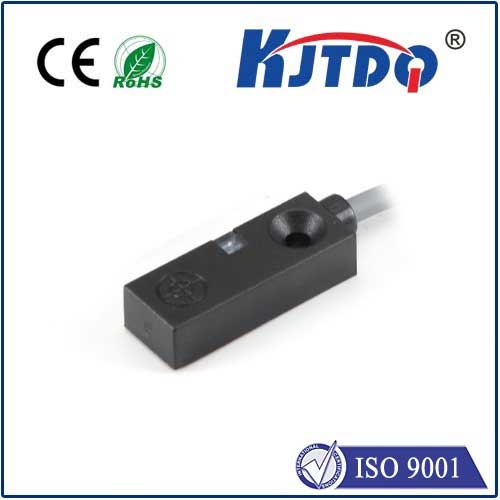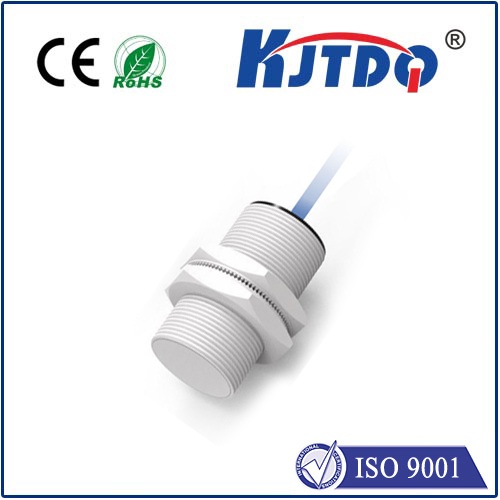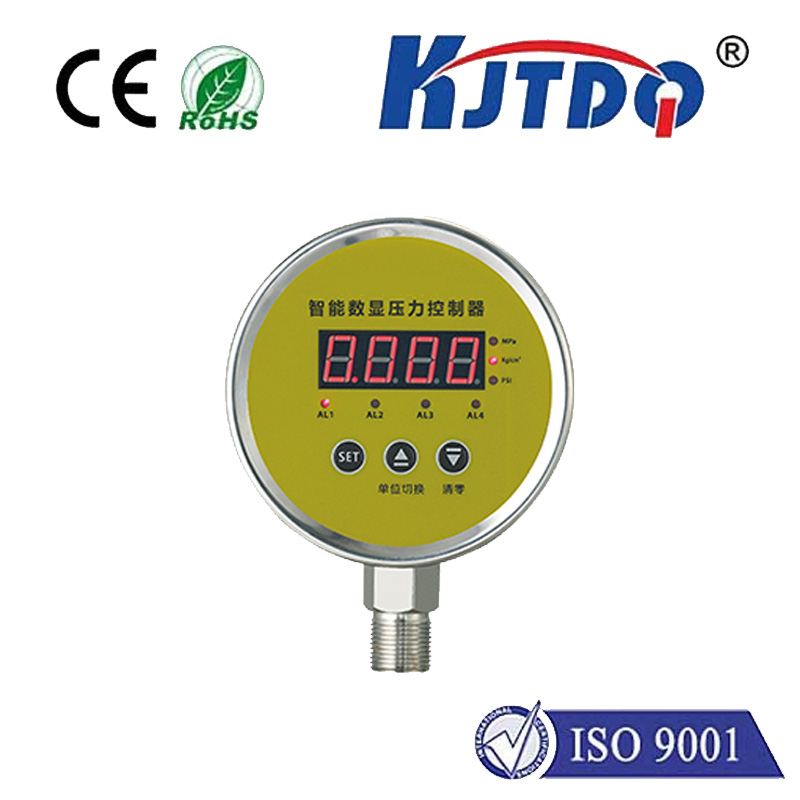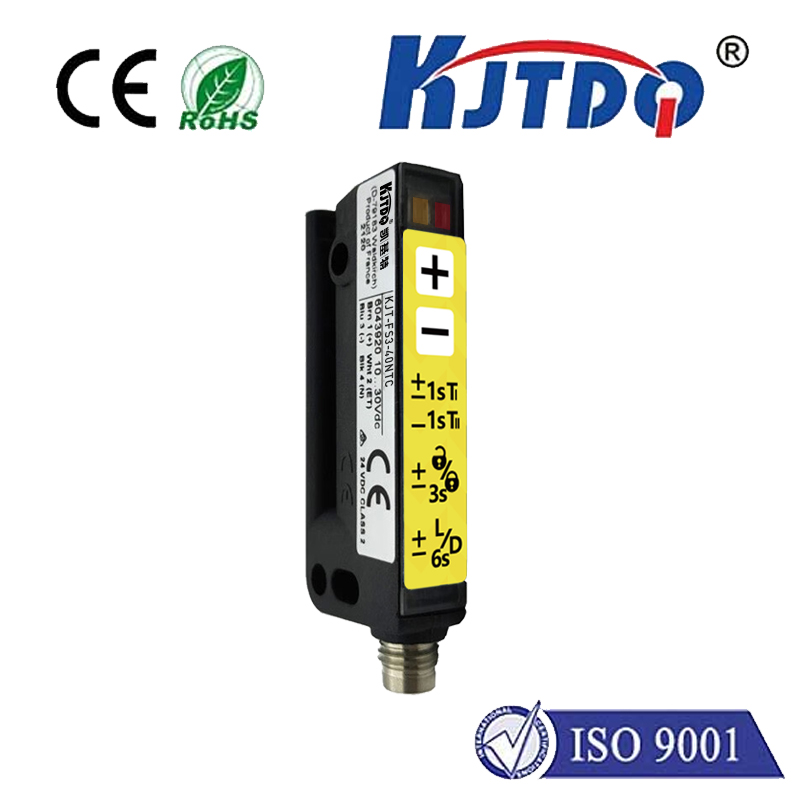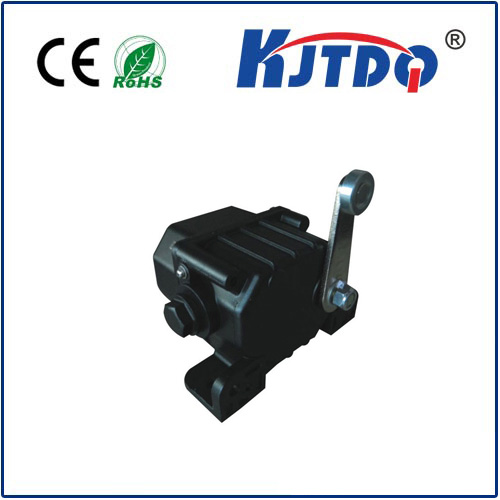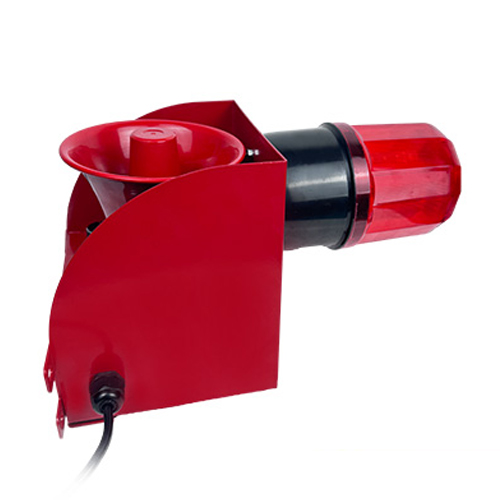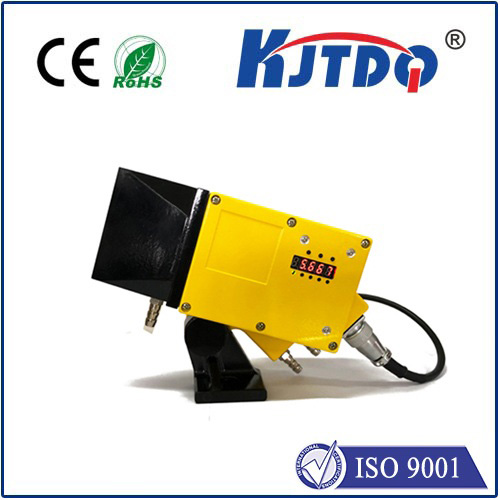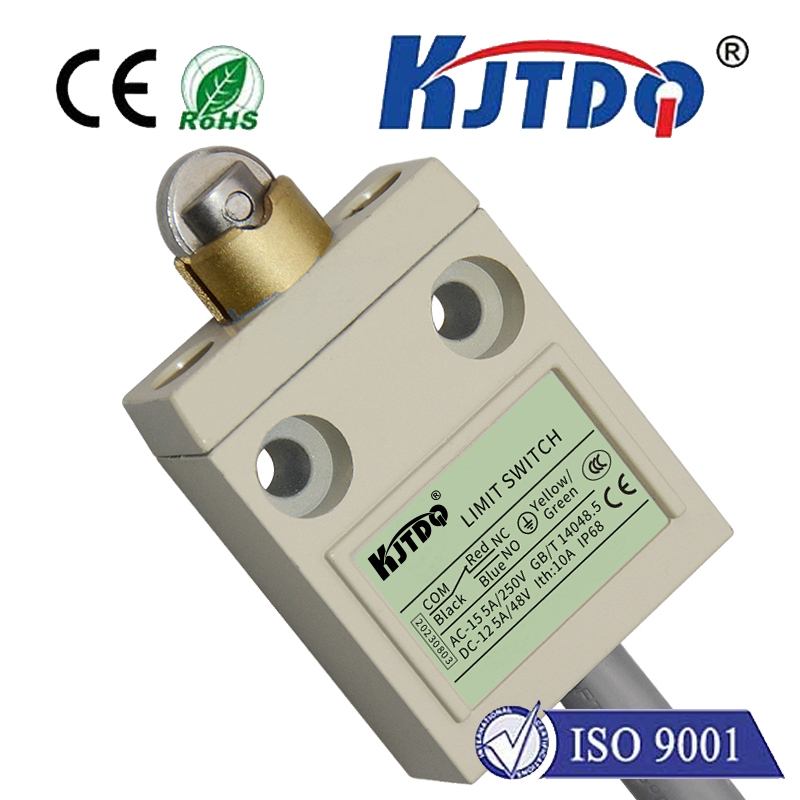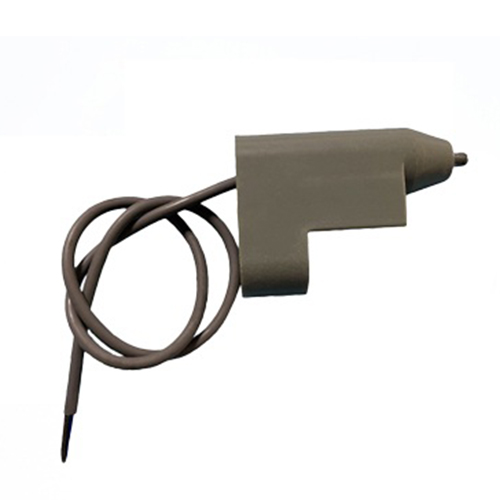

check

check

check

check

check

check

check

check

check

check
Every breath, every heartbeat, every car tire rolling down the highway, every weather forecast predicting a storm – these fundamental physical realities are intimately connected to the measurement of pressure. Accurately sensing force applied per unit area is critical across countless industries and technologies. Among the diverse technologies enabling this measurement, the piezoresistive pressure sensor stands out for its exceptional versatility, reliability, and widespread adoption. Its unique principle of operation underpins its dominance in applications ranging from medical devices to automotive systems and industrial automation.
So, what exactly is a piezoresistive pressure sensor? At its core, this type of pressure sensor exploits a fundamental physical phenomenon known as the piezoresistive effect. This effect describes the change in the electrical resistance of a material when it experiences mechanical strain. When pressure is applied to the sensing element, it deforms slightly (strains), and this deformation causes a measurable change in its electrical resistance. This principle is distinct from capacitive or optical pressure sensing methods, as it relies directly on the material’s inherent electrical properties changing under stress.
The heart of the sensor is typically a specialized diaphragm, often micromachined from monocrystalline silicon using advanced MEMS (Micro-Electro-Mechanical Systems) fabrication techniques. Piezoresistive elements, strategically patterned onto this diaphragm, form what is essentially a Wheatstone bridge circuit. When external pressure acts on the diaphragm, it flexes. This flexing induces strain within the silicon crystal lattice where the piezoresistors are located. This strain alters the spacing of the atoms and, consequently, the mobility of charge carriers (electrons or holes) within the material. The result is a precise, proportional change in the resistance of these piezoresistors.

The beauty of the Wheatstone bridge configuration lies in its ability to convert this small resistance change into a usable electrical output signal, typically a voltage change. Even minute deformations caused by pressure variations generate a measurable electrical shift. This output voltage is then amplified, conditioned, and calibrated to provide an accurate pressure reading relative to a reference point (e.g., absolute, gauge, or differential pressure).
But what makes piezoresistive pressure sensors such a compelling choice across so many fields? Several key advantages contribute to their popularity:
The applications leveraging piezoresistive pressure sensor technology are vast and continually expanding:
While highly versatile, it’s important to consider that piezoresistive sensors are not immune to certain environmental factors. Temperature variations can affect the resistance of the piezoresistors and the diaphragm’s mechanical properties. However, this is typically overcome through sophisticated on-chip temperature compensation circuits designed directly into modern sensor packages. Additionally, while silicon is robust, exposure to harsh chemicals requires careful consideration of protective packaging materials like gel fillings or specialized diaphragms like stainless steel. Ensuring the sensing element and electronics are adequately protected from the measured medium is essential for long-term reliability.
The ongoing evolution of MEMS technology continues to push the boundaries of piezoresistive pressure sensor performance. Innovations focus on enhancing sensitivity further, reducing sensor size even more dramatically, improving long-term stability and drift characteristics, minimizing power consumption (critical for battery-powered devices), and expanding the usable temperature ranges. Integrating more advanced signal conditioning and digital interfaces directly onto the sensor chip (creating smart sensors) is another significant trend, simplifying system design and enabling smarter local processing of pressure data.
From the depths of an industrial hydraulic press to the delicate pulse in a patient’s artery, the piezoresistive pressure sensor translates the invisible force of pressure into tangible, actionable data. Its combination of fundamental physics, sophisticated MEMS engineering, and proven reliability makes it an indispensable tool. The unique ability to detect minute pressure changes through electrical resistance variation provides a powerful and adaptable solution for countless aspects of modern technology and human well-being. As manufacturing techniques advance and integration deepens, the influence of this remarkable pressure sensor technology on shaping our measured and automated world is set only to increase.
